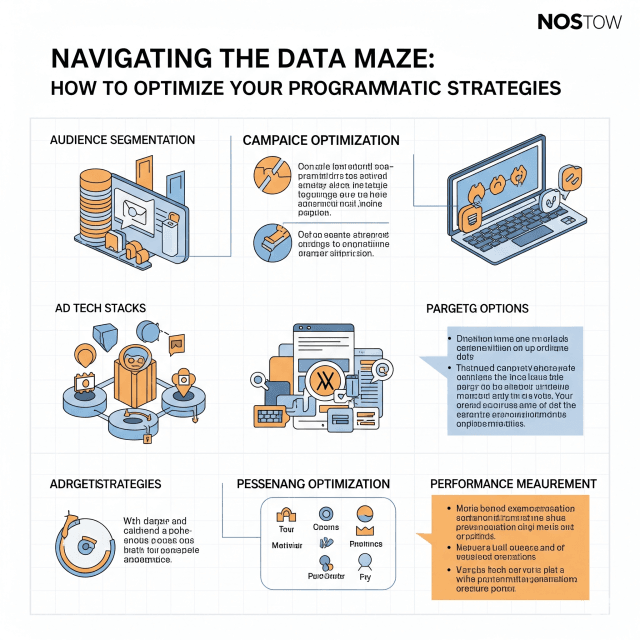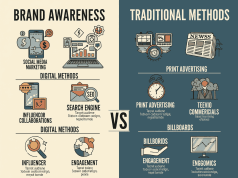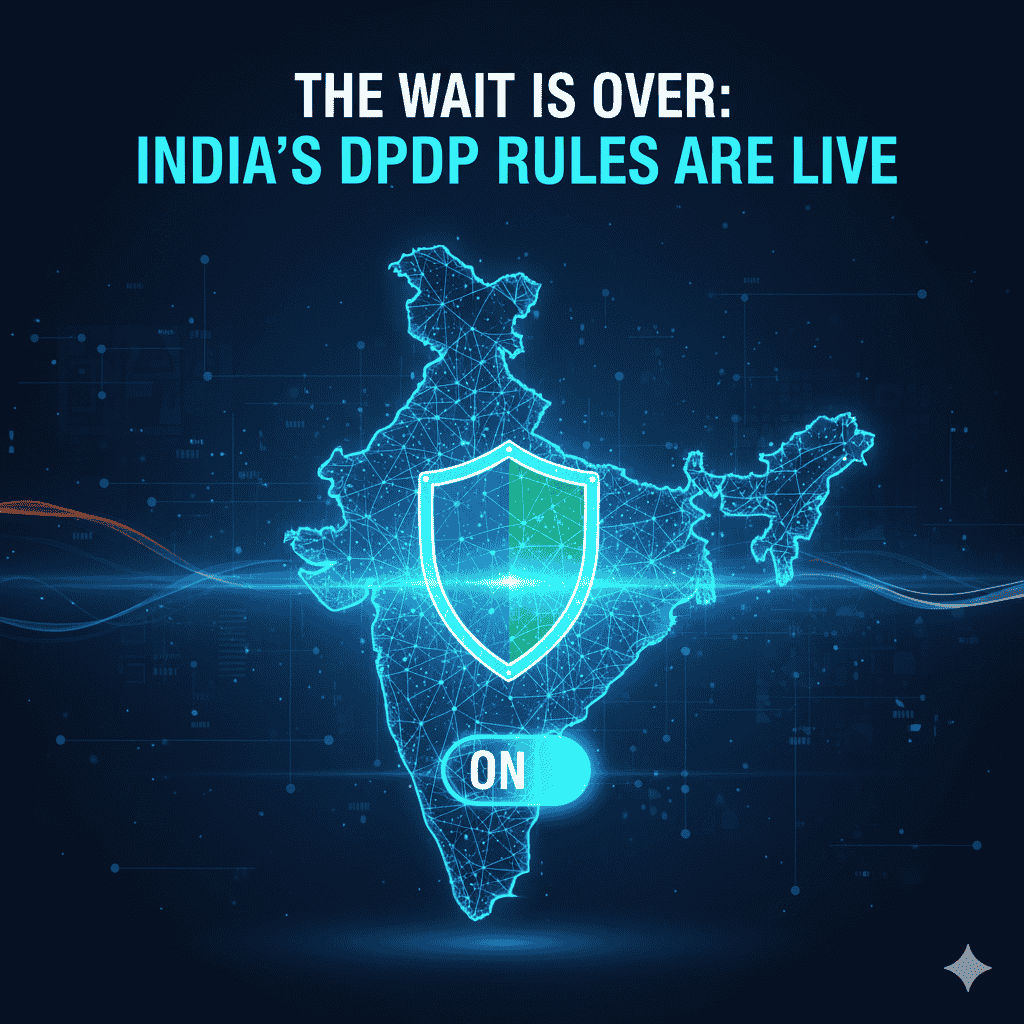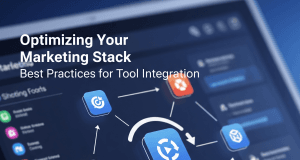In today’s digital landscape, data is the lifeblood of marketing strategies, especially in programmatic advertising. As marketers aim to refine their approach to achieve higher ROI and reach targeted audiences more effectively, navigating through the overwhelming amounts of data can feel like traversing a maze. Here’s how to optimize your programmatic strategies by making sense of the data maze.
Understanding the Programmatic Landscape
Programmatic advertising automates the buying and selling of digital ad inventory. This process not only streamlines operations but also enhances targeting capabilities through data. To optimize programmatic strategies, it’s crucial to understand the various components involved:
- Data Types: All data used in programmatic advertising can be divided into first-party (collected directly from your audience), second-party (data shared directly between trusted partners), and third-party data (aggregated from various sources).
- Demand-Side Platforms (DSPs): These platforms enable advertisers to purchase ad space based on data insights. Knowing how to leverage DSPs effectively enhances audience targeting.
- Supply-Side Platforms (SSPs): SSPs serve publishers, helping them manage their inventory. Optimizing collaboration with SSPs can enhance ad placements.
Steps to Optimize Your Programmatic Strategies
1. Leverage Data Analytics Tools
Investing in robust analytics tools helps sift through data effectively. Tools like Google Analytics, Adobe Analytics, and various data management platforms (DMPs) can help you analyze consumer behavior, segment audiences, and measure campaign performance. Make data-driven decisions based on insights rather than assumptions.
2. Implement Audience Segmentation
Segmentation allows marketers to tailor their strategies to specific consumer behaviors and demographics. Use the data you have to create more granular segments. For example, you might categorize users based on past purchases, website interactions, or demographic information, allowing you to craft targeted ads that speak directly to each segment’s needs.
3. Embrace A/B Testing
A/B testing is invaluable for discovering what resonates with your audiences. Experiment with various ad formats, messaging, and targeting strategies. Use the data collected to refine your approach continually. Effective A/B tests can uncover insights that steer your decisions toward options yielding better performance.
4. Focus on Viewability and Engagement Metrics
Not all ad impressions are created equal. Concentrating on viewability and engagement metrics can enhance the effectiveness of your programmatic campaigns. Implement tools that track these metrics and optimize placements accordingly. Aim to ensure that your ads are not just displayed but are also seen and engaged with.
5. Utilize Predictive Analytics
Predictive analytics applies historical data to forecast future behaviors and trends. By employing machine learning technologies, you can identify patterns that help anticipate the interests and actions of your target audience, allowing for more effective engagement strategies.
6. Maintain Continuous Optimization
The digital landscape is ever-evolving. Continuous optimization of your programmatic strategies is crucial. Regularly review your campaign data, implement findings promptly, and remain agile in your strategy. This iterative process helps to keep your advertising relevant and effective.
7. Foster Data Partnerships
Building strong partnerships for data sharing can bolster your campaign effectiveness. Collaborating with trusted third-party data providers or other brands can enhance audience insights, allowing for better targeting. Ensure that these partnerships abide by data privacy regulations.
Conclusion
As you navigate through the data maze, remember that optimizing your programmatic strategies is a continuous process. By leveraging data analytics tools, implementing effective audience segmentation, and fostering partnerships, you can enhance your advertising efforts significantly. The key lies in how well you can interpret data and apply insights to refine your approach.
Embrace the complexity of data, and transform it into a strategic asset that propels your programmatic advertising forward. In doing so, you’ll not only improve your campaign performance but also strengthen your brand’s position in an increasingly competitive market.









